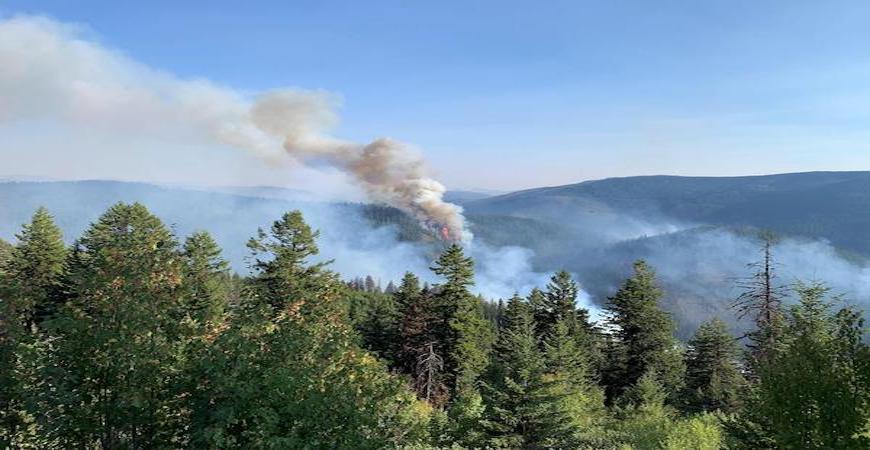
The Mountain West has seen plenty of wildfires this year, but nothing like the catastrophic large fires still burning along the West Coast. That's largely thanks to a relatively wet spring.
For a fire to start you need basic ingredients: something to burn, like trees, ignition, weather, and, the trees and other fuels need to be pretty dry.
"And if you remove any of those ingredients from the mix, a large fire will be hard to come by," said John Abatzoglou, a climatologist at the University of California, Merced.
The moisture much of the region saw in June, Abatzoglou said, "allowed for fuels to remain quite wet going into the core of the fire season. That has allowed I think at least part of the West to avoid having the crazy active fire season that we’ve seen play out across California, the Southwest, and now across Oregon and parts of Washington state."
But next year could be a totally different story, he added. And, in general, the West should expect more severe wildfire seasons because of the climate crisis.
This story was produced by the Mountain West News Bureau, a collaboration between Wyoming Public Media, Boise State Public Radio in Idaho, KUNR in Nevada, the O'Connor Center for the Rocky Mountain West in Montana, KUNC in Colorado, KUNM in New Mexico, with support from affiliate stations across the region. Funding for the Mountain West News Bureau is provided in part by the Corporation for Public Broadcasting.
Copyright 2020 Boise State Public Radio News. To see more, visit Boise State Public Radio News.


